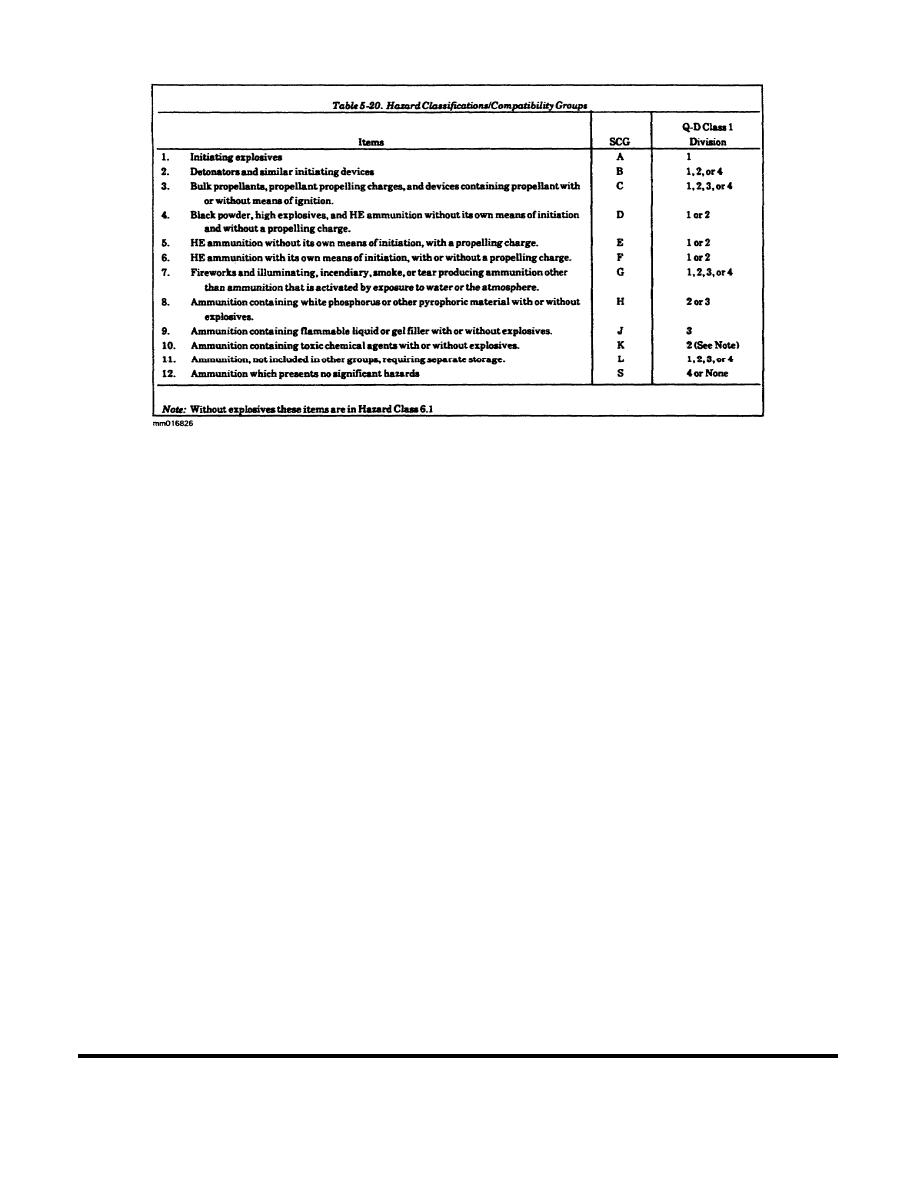
Figure 2-12. Extract of Table 5-20 from TM 9-1300-206.
Using the storage compatibility mixing chart requires attention to detail. For example, assume that you
receive a shipment of WP field ammunition for storage at your facility. According to Table 5-20 in TM 9-
1300-206 (shown in Figure 2-12 above), WP field ammunition belongs in SCG H. Locate SCG H on
the top of the storage compatibility mixing chart contained in Figure 5-3 of TM 9-1300-206 (shown in
Figure 2-14 on page 2-11). Read down to find out which, if any, SCGs may be stored with SCG H.
When you do, you will see that only ammunition items in SCG S may be stored with ammunition items
in SCG H.
Note that the compatibility mixing chart you have just used applies to storage only. Ammunition being
transported comes under a different set of regulations and publications.
MIXED STORAGE
Items from SCGs C, D, E, F, G, H, J, and S may be combined in storage as long as the total NEW does
not exceed 1,000 pounds per storage site. Such items must also be packaged according to approved
drawings. For example, 600 pounds NEW of bulk black powder and 375 pounds NEW of fireworks may
be stored together if packaged according to approved drawings. Bulk black powder is SCG D,
fireworks are SCG G, and the total combined weight of the items is less than 1,000 pounds.
QUANTITY-DISTANCE
Ammunition and explosives are classified on the basis of their reactions to specific initiating influences.
This grouping of explosives and ammunition into several hazard classes and divisions does not
necessarily mean that different items in a class/division may be stored together. The maximum amount
of explosives permitted at any storage location is determined by the distance between the storage
location and various exposures.
QD requirements were developed to provide certain levels of protection for nearby communities, public
railroads, highways, and plant facilities from the effects of explosions that might occur within an
ammunition storage area.
2-9
MM0168



 Previous Page
Previous Page
